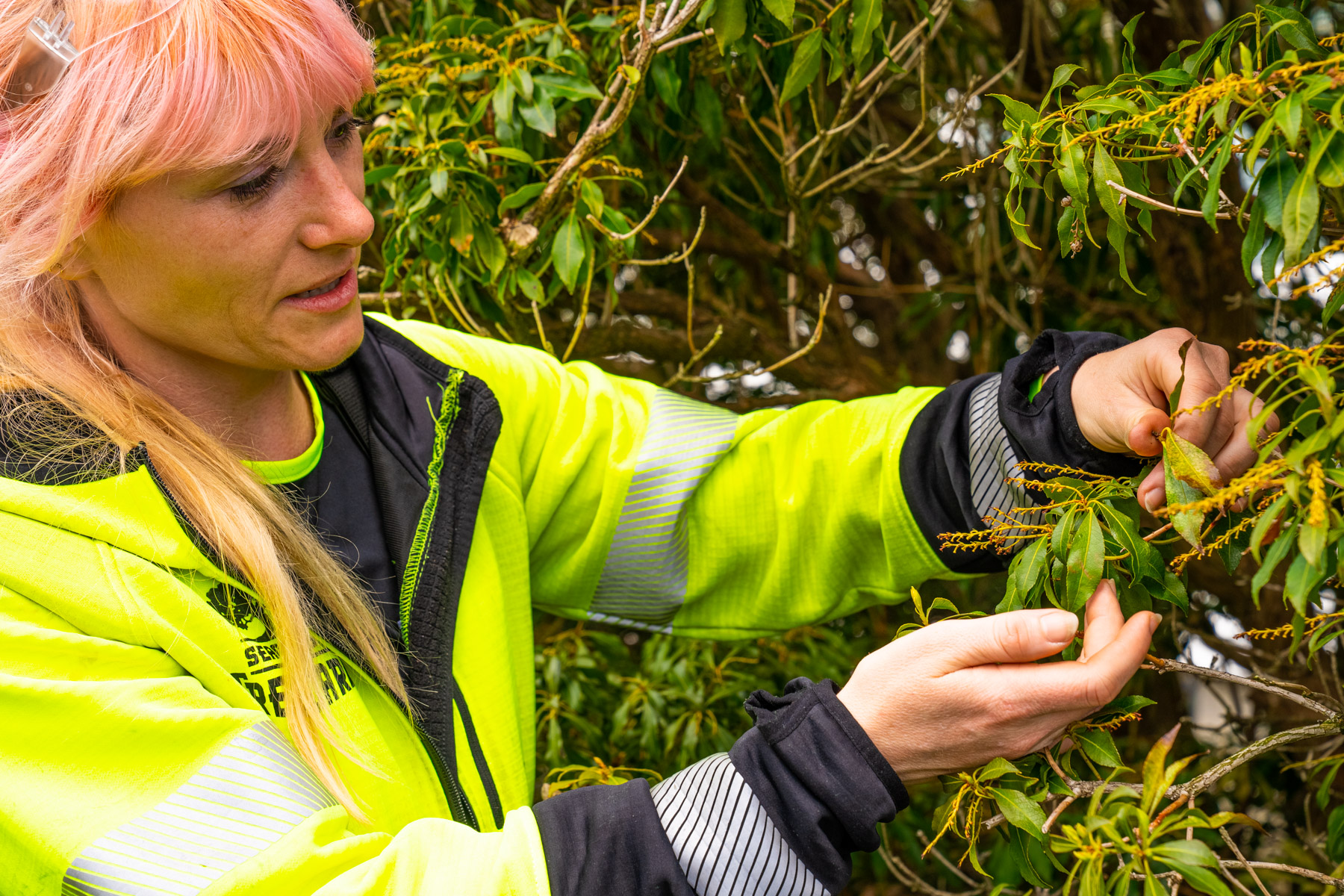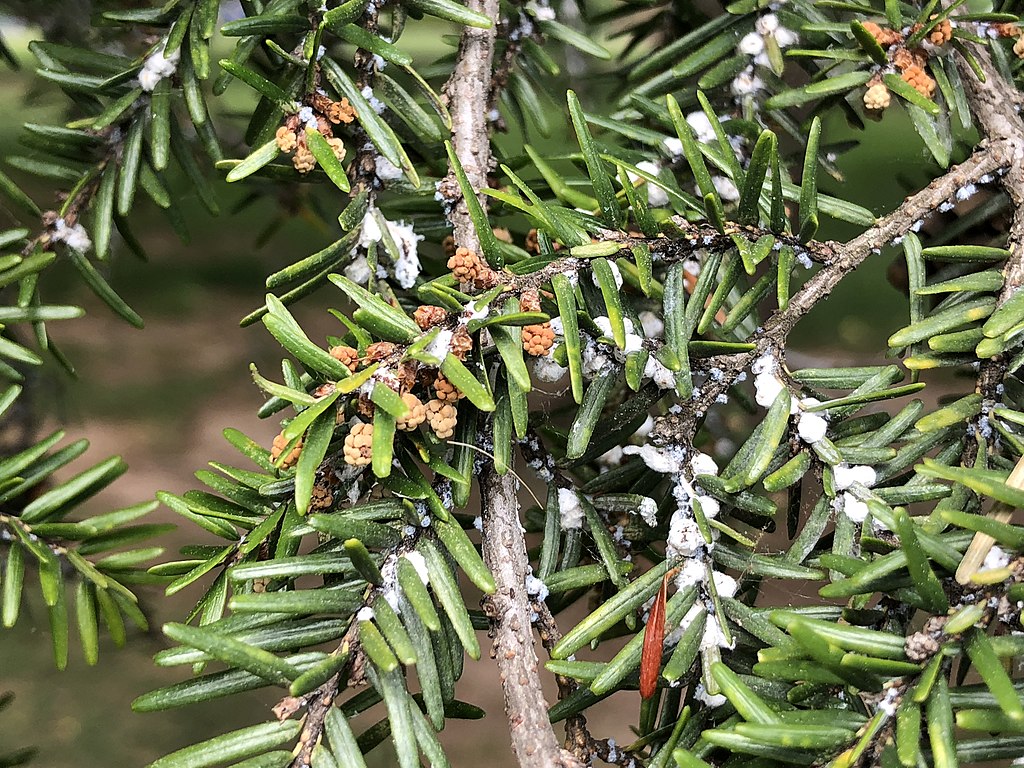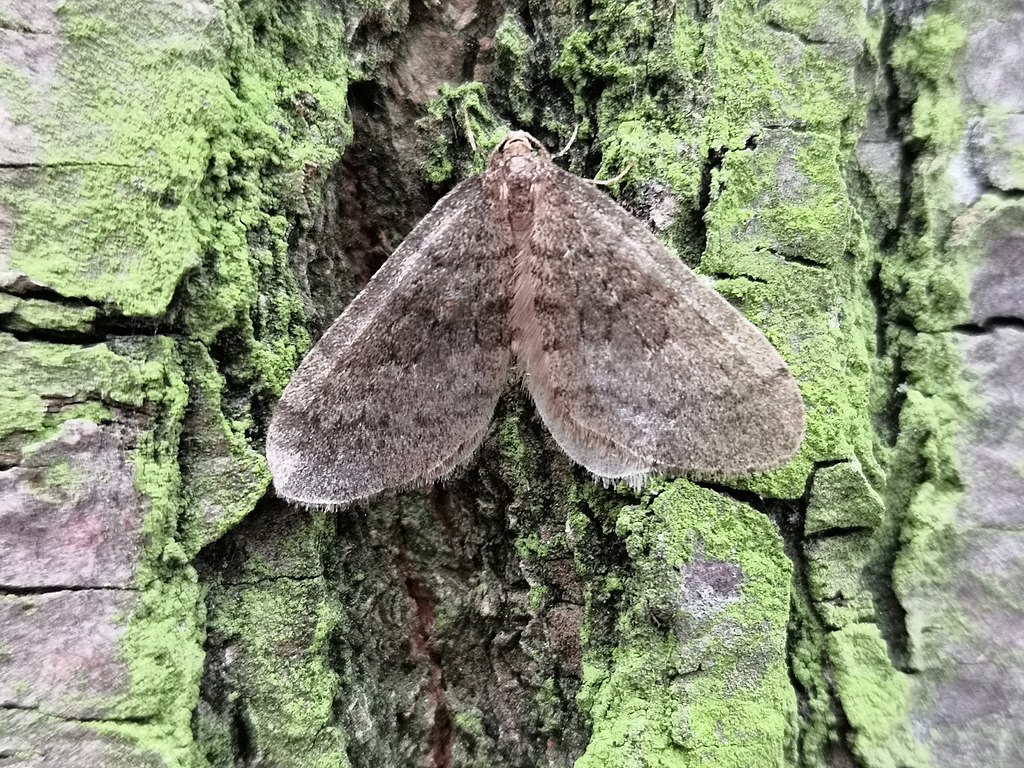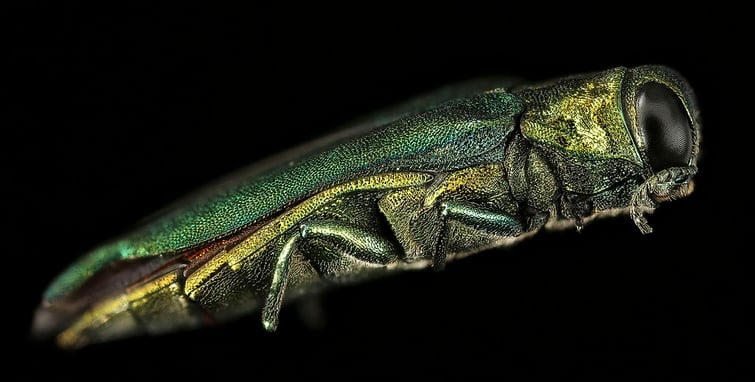


The trees on your New England property are such a valuable asset. They provide a lot of tangible benefits like shade, wind screening, and aesthetic appeal. But trees are also subject to a number of problems, including tree eating bugs.
Pest problems can be difficult to identify and sometimes even present for quite some time before actually being diagnosed. But recognizing some of the signs and symptoms of bugs eating tree leaves or even sucking the sap out can help you stop the problem as early as possible.
While there are many different tree and shrub pests in New England, in this article, we’re going to focus on three that are particularly troublesome in our region.
A tree care professional can help you determine whether you are dealing with one of these pests or something else.
Though there are quite a few landscape insects out there that pose problems, here are three common tree pests in New England.
This pest is a small, aphid-like insect that doesn’t actually eat tree leaves but sucks the sap from the tender shoots of Hemlock trees.
This invasive species first appeared in New Hampshire in 2000, followed by Maine in 2003. If left to continue sucking sap, these pests can eventually cause a tree’s death.

The Hemlock Woolly Adelgid (HWA) can be found on the twigs and the base of the needles of the host plant. They are flat, oval, and black in color. But most people spot damage before seeing the pest itself. Trees that have been impacted may have discolored needles (often with a grayish, thinning crown) or experience premature needle loss.
Specialized insect control is required to help prevent this pest from decimating your Hemlocks.
As far as bugs eating tree leaves, the Winter Moth can be a serious problem.
These hungry caterpillars will munch on leaves and create holes in the process. They aren’t picky and will devour almost all broadleaf plants including Maples, Oaks, Ashes, Apples, and more.

The Winter Moth gets its name because it is active in November and December, at a time when many pests are not. Fortunately, with pest control for trees, this destructive pest can be stopped.
The Emerald Ash Borer has been called one of the most invasive species in North America and for good reason. Since it was first identified in 2002, this beetle has killed tens of millions of Ash trees.

Emerald Ash Borer pests leave D-shaped exit holes when they emerge from Ash trees. You might also notice S-shaped tunnels from where the pest has moved beneath the bark. Adult Emerald Ash Borers also eat the leaves of the Ash tree.
If you have Ash trees on your New England property, specialized tree insect control including soil injections and/or bark sprays can be used.
As we mentioned at the beginning, trees are often subject to a number of different problems. Tree pests are one serious issue that they can deal with but there are also diseases and environmental stressors.
For these reasons, it makes a lot of sense to partner with a tree care professional who can provide expert advice and solutions.
At Seacoast Tree Care in Southern NH, ME, and MA, we work with a team of highly skilled Certified Arborists who can not only perform thorough inspections (to identify problems) but will also help guide you toward the best decisions toward hopefully saving your trees from some of these invasive species.
Often, there is a window of time will treatments will work, so it’s important to be prudent. Fortunately, when you partner with a tree care professional, you are likely to be able to preserve your tree and continue enjoying its value.
Ready for healthier trees at your Southern NH, ME, or MA home? Request your consultation and have your New England trees evaluated. By making a wise choice, you’ll know your trees are in good hands.
Image Source: Emerald Ash Borer, Hemlock Woolly, Winter Moth